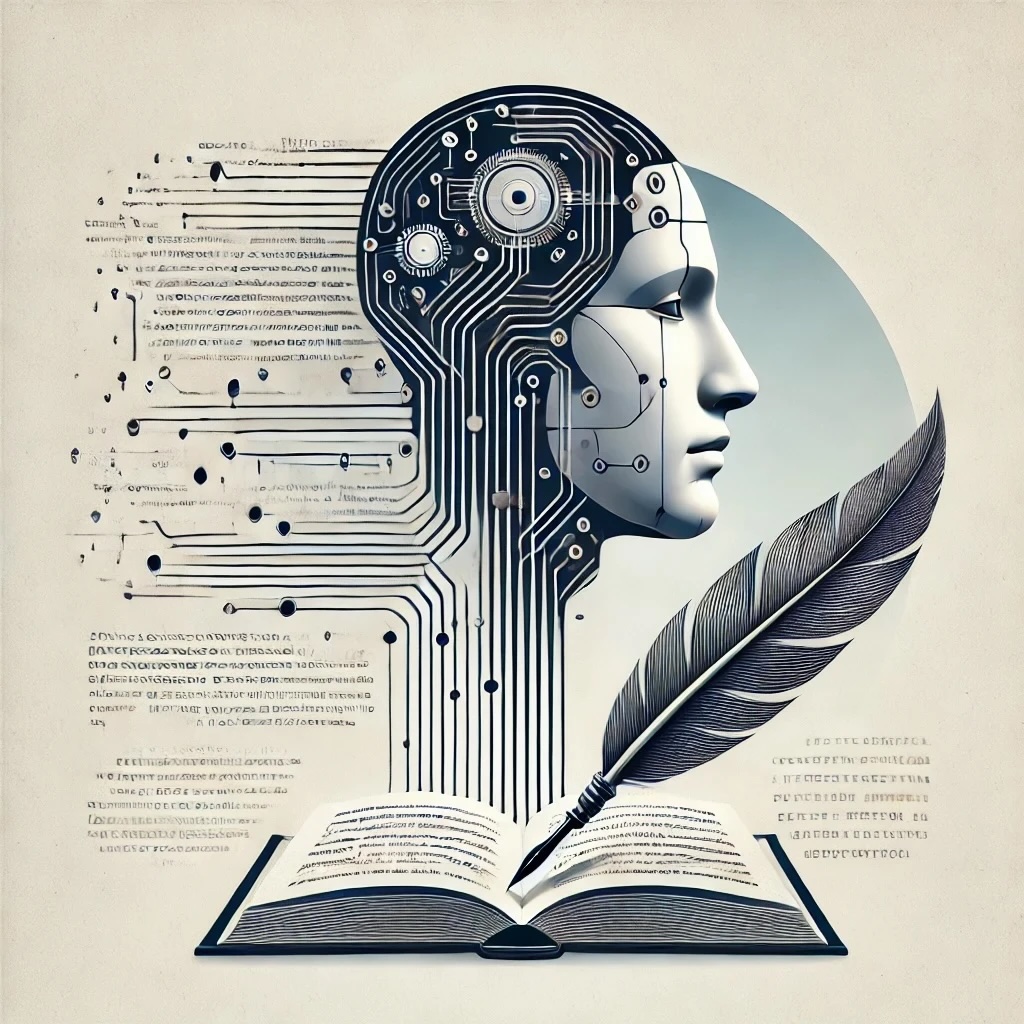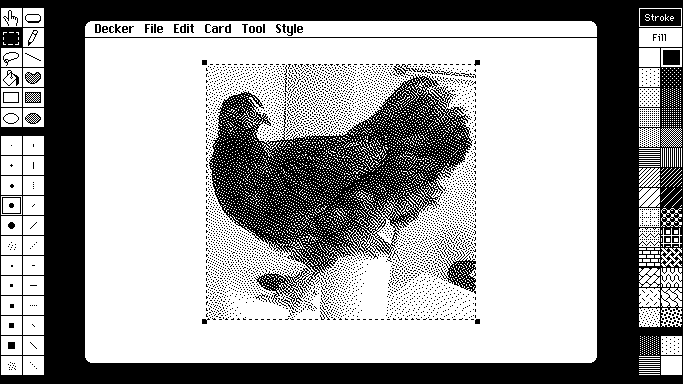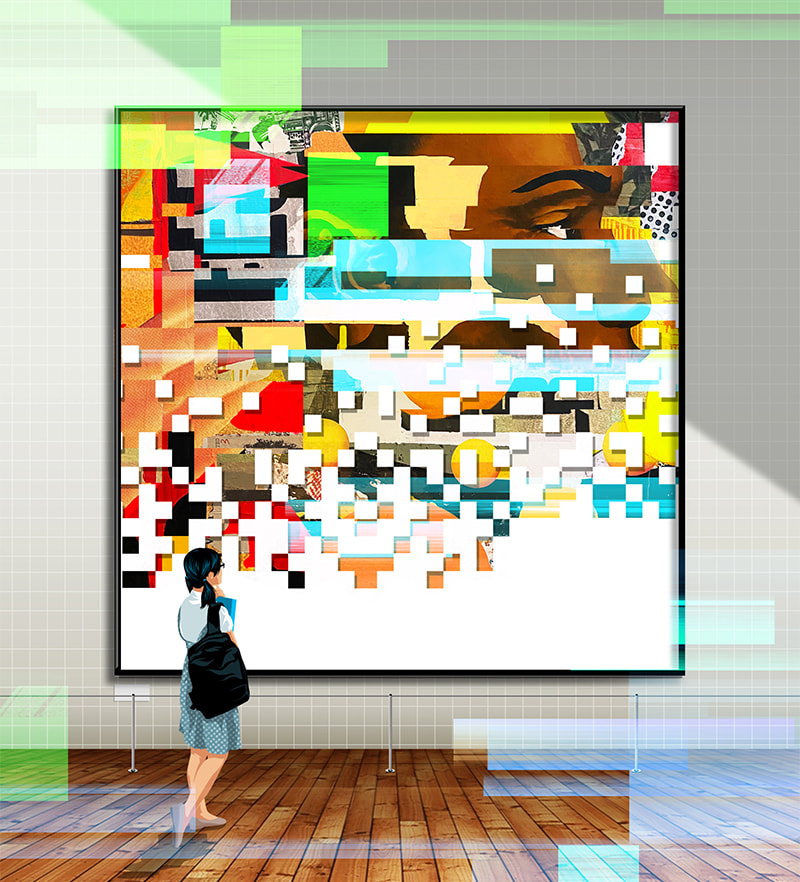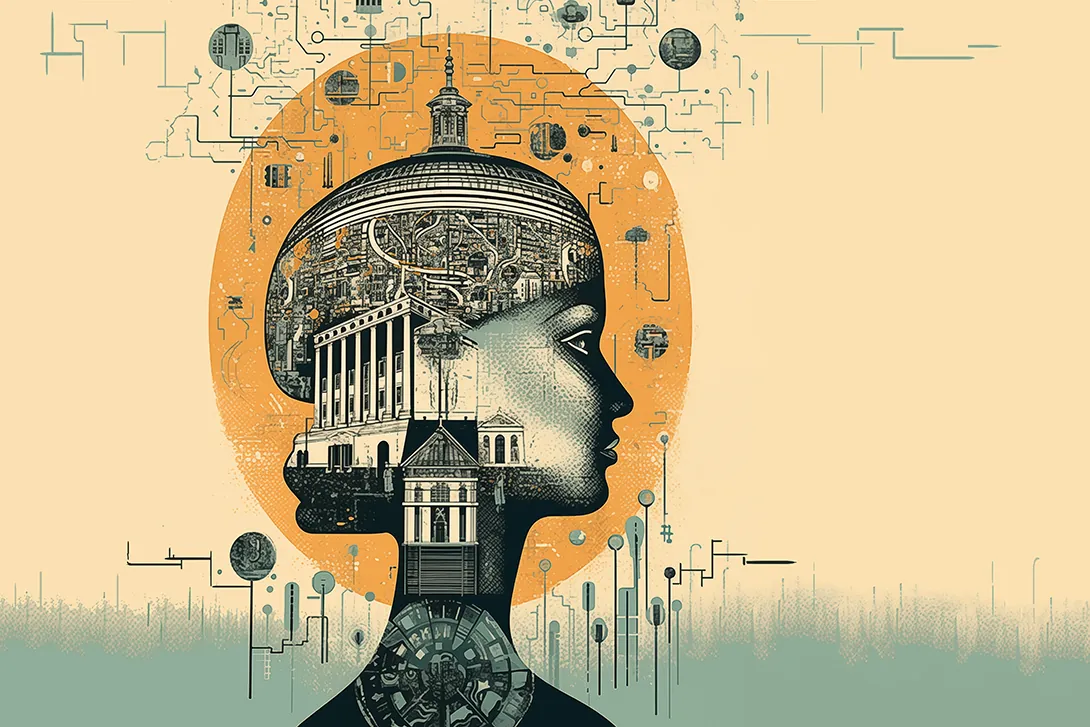DH@LLM: Grands modèles de langage et humanités numériques Colloque organisé par Alexandre Gefen (CNRS-Sorbonne Nouvelle), Glenn Roe (Sorbonne Université), Ayla Rigouts Terryn (Université de Montréal) et Michael Sinatra (Université de Montréal) En collaboration avec l’Observatoire des textes, des idées et des corpus (ObTIC), le Centre de recherche interuniversitaire sur les humanités numériques (CRIHN), l’Institut d’Études […]
Today I gave a keynote to open this symposium on Large Language Models and the digital humanities, Colloque « DH@LLM: Grands modèles de langage et humanités numériques » @ IEA & Sorbonne U. I didn’t talk much about LLMs, instead I talked about “Care and Repair for Responsibility Practices in Artificial Intelligence”. I argued that the digital humanities has a role play in developing the responsibility practices that address the challenges of LLMs. I argued for an ethics of care approach that looks at the relationships between stakeholders (both individual and institutional) and asks how we can care for those more vulnerable and how can we repair emergent systems.




